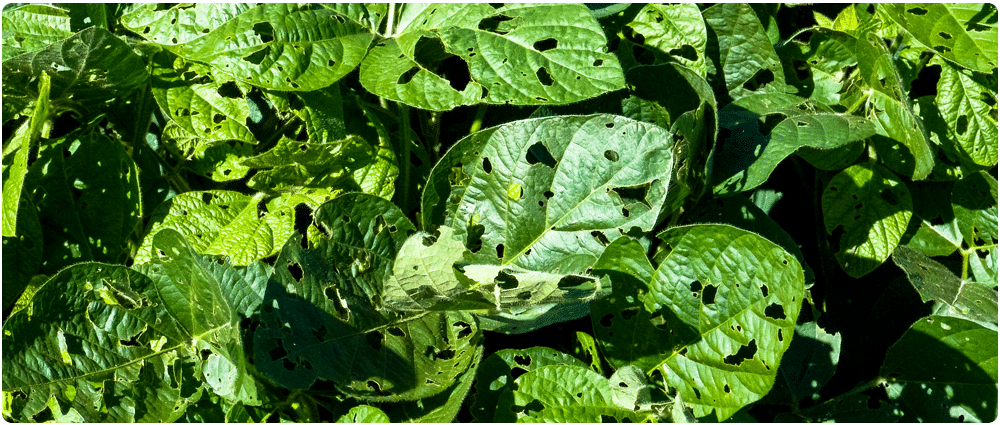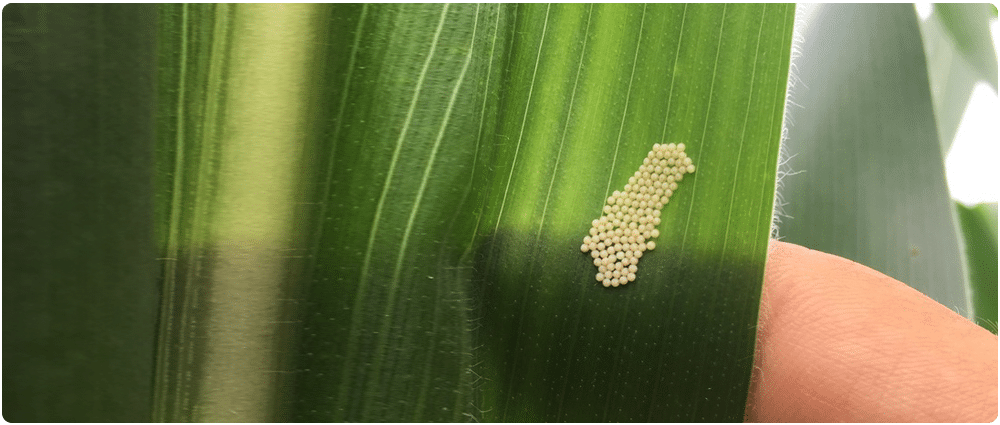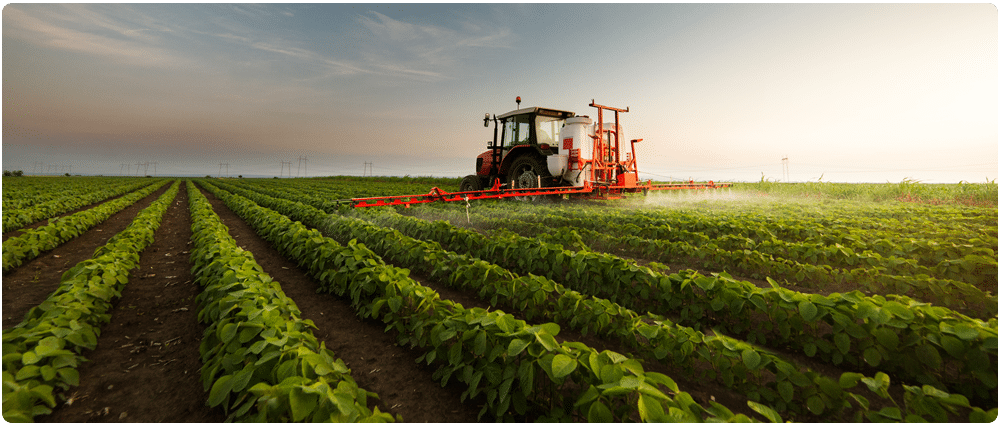Use Growing Degree Days Data for Pest Management

Growing degree days (GDDs) are a crucial prediction tool during the growing season. Agricultural producers rely on this data to help them plan for optimal crop health and yield. You can determine these heat measurement units with a mathematical formula to project when a particular crop will reach maturity.
The DTN Specialty Agronomic Insights suite of products is a robust solution for farmers. Reach out today for a demo and learn how we can help you maximize your yield and profit.
Why Do Growing Degree Days Matter?
The primary purpose of calculating GDDs is to help plan for crop maturity. With this knowledge, you can prepare for your harvesting needs in equipment and personnel. You also can better gauge delivery dates when entering into sales contracts.
Of course, on the flip side of this, accurate GDD data helps you know when to plant. Planting too late, based on growing degree days, will probably result in a lower yield and lost revenue.
Growing degree data also helps farmers determine if their fields are suitable for specific crops. With historical weather data and a GDD calculator, you can make informed decisions about which plants go into your fields.
The GDD formula offers high precision for farmers to rely on when working with their crops. Unless extreme weather hits, the equation is very trustworthy.
How GDD Calculation Works
The first piece in determining growing degrees for a particular crop is to know its base or reference temperature. This number is the temperature under which the plant growth slows or stops. Put another way, it is the minimum temperature at which a crop continues to grow and mature.
The reference temperature will vary depending on whether a plant is a warm-season or cool-season crop. Peas, for example, are a cool-season plant, with a reference temperature of 40 degrees Fahrenheit. Meanwhile, a warm-season plant like corn has a reference temperature of 50 degrees Fahrenheit.
In determining growing degree days, you also need to look at the top threshold. That is, you need to know the maximum temperature when plant development stops.
Farmers also need to know the median temperature for their location. With all of this data in play, the formula allows you to calculate the growing development days. Because the required information is so specific, many farmers prefer to use a tool that does the calculating for them.

Pest Management: Growing Degrees, Plants, And Insects
Growing degree calculations are not only for gauging plant growth stages and maturity. They also assist with pest control, a critical part of any crop management plan. This data provides valuable insights into the growth stages of harmful insects so that you can plan your pesticide use.
When used in conjunction with hyper-local weather forecasts and accurate pest counts, growing degrees give you compelling data. You can carefully plan your pest management strategy to minimize waste and maximize effectiveness.
Depending on the variety of pests, specific treatments are more effective at certain life stages. So striking while the iron’s hot, so to speak, is critical.
Fortunately, you don’t need to rely solely on generational knowledge to figure this out for your fields. Researchers have developed insect projection models that use average temperature highs and lows from the past 30 years.
Moreover, these robust models can be specific to a particular region, further targeting pesticide deployment. Online tools that utilize these models give you the power to manage your crops and fields with ease.
Weather Stations Deliver Actionable Data
Farmers who want comprehensive information at their fingertips need the best weather station available. With high-end tools, you can know precisely what is happening in your fields and what weather is on its way.
This hyper-local and real-time data supplements your growing degree days information to help you protect your crops. It also gives you actionable insights into how to keep your staff and equipment safe.
GDD calculations do not account for extreme weather, such as droughts or hurricanes. So it’s essential also to have a top-tier weather station to augment your GDD data.

Plant Growth And Pest Degree Day Calculation
Planning your pest management with growing degree days is much more useful than going by the calendar.
For example, if you always plan to spray for western bean cutworms on July 15th, you may not be utilizing your resources well. Calendar dates are not specific enough for crop and field management.
Instead, you need data on GDDs to inform your scouting and spraying decisions. This information utilizes real-time temperature data rather than arbitrary dates. So if one year is notably warmer than the previous one, your GDD data will help you know how to adjust your plan.
Once you have collected adequate data, you can incorporate it into your integrated pest management approach. Work with informed projections of insect life cycle events like egg-laying and hatching, scale crawler movement, or symptom appearance. Accordingly, you can schedule such pest management activities as scouting and insecticide spray synchronization with reasonable accuracy.

DTN Offers Actionable Pest Management Data
Calculating growing degree days and scheduling integrated pest control measures can feel overwhelming. This vital work takes time, effort, and resources on top of the actual planting and harvesting.
Don’t lose days, weeks, months, and years of hard work to missing or inaccurate information. DTN leverages cutting-edge technologies for customers who fuel, feed, and serve the world.
Powerful weather insights from our vast network of weather stations provide you with accurate, actionable information. Plan integrated pest management with confidence, thanks to our hyper-local information, cyclical pest models, and proprietary DTN Dynamic Phenology.
This solution provides you with on-the-ground trap counts and field data. Combine that with our weather station insights, and you will save yourself countless hours of work and worry.
For something as fragile and indispensable as your crops, you deserve the very best that modern agronomy offers in the fields of preservation, defense, and cultivation.
Reach out to DTN for a demo of our unparalleled methods and technologies to boost your farm’s profit.










 Comprehensive weather insights help safeguard your operations and drive confident decisions to make everyday mining operations as safe and efficient as possible.
Comprehensive weather insights help safeguard your operations and drive confident decisions to make everyday mining operations as safe and efficient as possible.

